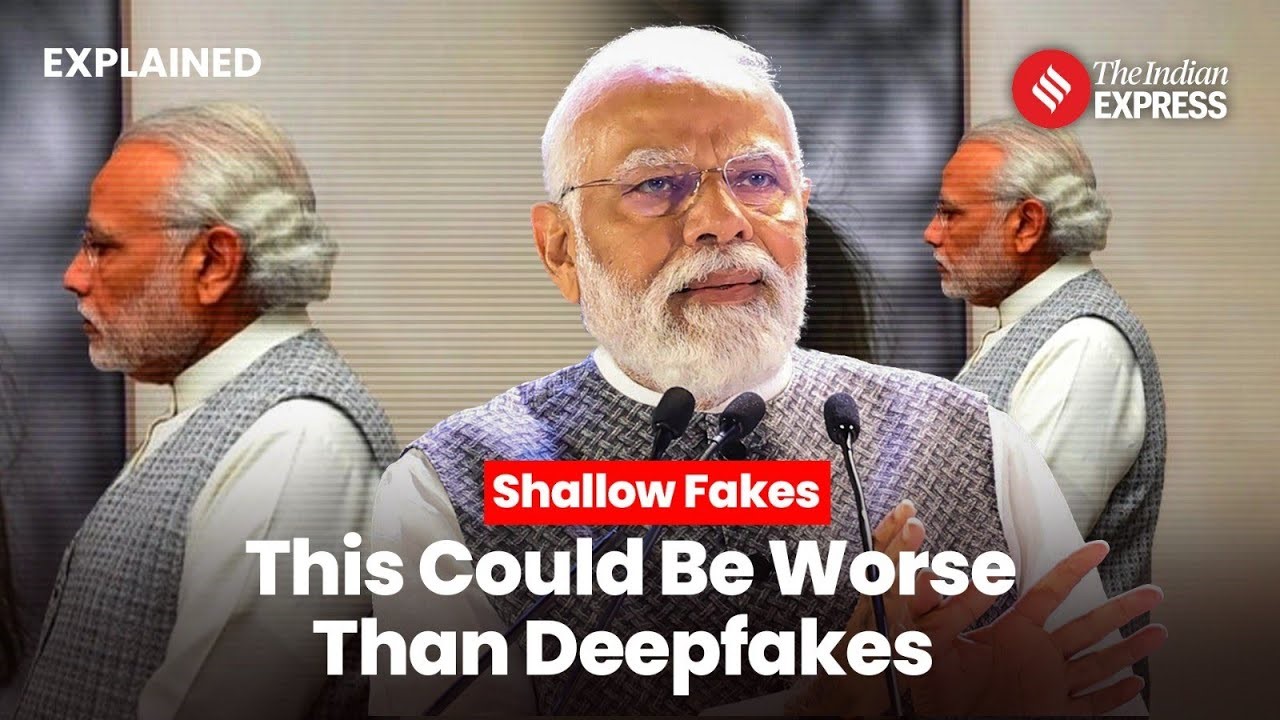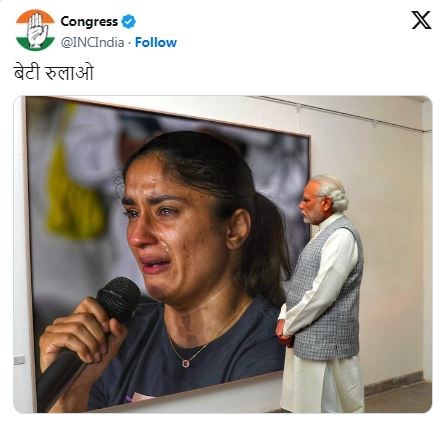Free Courses Sale ends Soon, Get It Now


Free Courses Sale ends Soon, Get It Now



Disclaimer: Copyright infringement not intended.
Context
Shallow fakes
Examples of shallow fakes:

What is the difference between deepfakes and shallowfakes?
|
Deepfakes |
Shallow fakes |
|
Deepfakes describe photorealistic and audio-realistic images, video, and audio created or manipulated with artificial intelligence to deceive.
|
Shallow fakes or cheap fakes are made with existing technologies—for example, a conventional edit on a photo, or slowing down a video to change the speech patterns of an individual, or more often rely on miss-captioning or mis-contextualizing an existing image or video, claiming it is from a time or place which it is not from. For example, you might use an image from last year of a protest from one state around land rights, and present it as a protest from yesterday in another location.” |
|
Deepfakes use artificial intelligence to generate fabricated images |
Whereas shallow fakes rely less on complex editing techniques and more on connecting partial truths to small lies.
|
|
The deep fakes can appear highly realistic and create often indistinguishable counterfeit content.
|
The manual nature of shallow Fakes often results in less convincing alterations. |
|
It is less accessible than shallow fakes.
|
Shallow fakes being less technologically intensive, are more accessible to the average person, allowing for widespread use compared to deepfakes which use AI and ML. |
Most misinformation involves reconfiguration( Shallow fakes): A case point
Conclusion
Source:
|
PRACTICE QUESTION Q. Consider the following statements about Shallow fakes : 1. Shallow fakes or cheap fakes are pictures, videos, and voice clips created without the help of AI technology. 2. It as opposed to the deep fakes can appear highly realistic and create often indistinguishable counterfeit content. 3. Shallow fakes being less technologically intensive, are more accessible to the average person Which of the statements given above is/are correct? A. Only One B. Only Two C. All Three D. None Answer- B |
© 2024 iasgyan. All right reserved